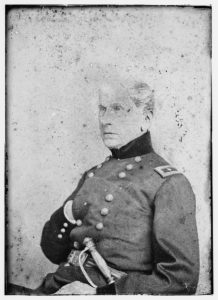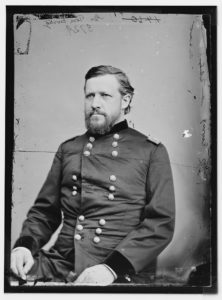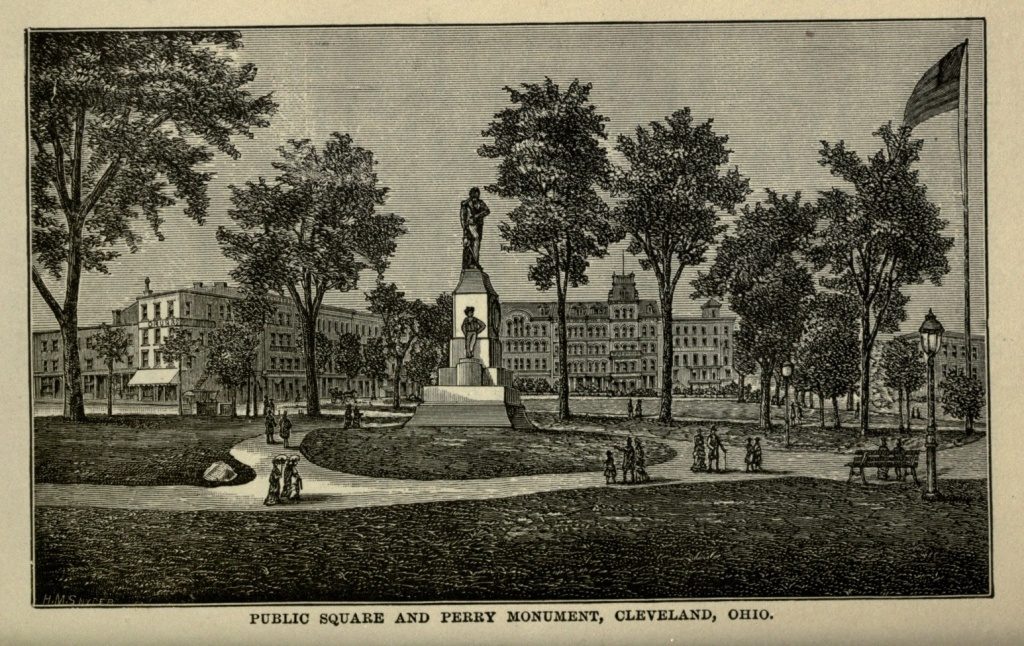From a Seneca County, New York newspaper in September 1866:
The Second Campaign for the Union.
The noblest soldiers in the army of the Union, assembled in convention at Cleveland on Monday, the 17th, inst., for the purpose of giving their influence in favor of a speedy settlement of the questions before the country. They fought to keep the States in the Union. Congress has thus far determined to keep the States out of the Union.
The veteran General Wool was called upon to preside temporarily, and his speech on taking the chair was worthy the fire of his best days. The Convention cheered the old hero to the echo.
Gen. Ewing, of Kansas, in the course of an eloquent speech, said: “What bound us together in that conflict of arms? Not hatred of slavery, for on that ground we differed; not love of war, for we all desired peace; not hatred of the Southern people, for they were our countrymen. No, it was the sentiment of nationality – determination that the Union should be preserved and made perpetual. That was the only purpose of the war known or recognized by the army and navy of the United States. That was the sentiment that raised all our armies, and was the soul of them all. Neither army, nor navy, nor people had any other purpose. ***** Congress still wishes to blow the embers of war, while Johnson desires peace. They will have no peace except on terms which secure party and sectional dominion, while Johnson desires union on the basis of the Constitution. The Secessionists drove the States into rebellion by the old cry of “Abolitionist,” while the Radicals keep the Union separated by the still more dreaded cry of “traitor.” That cry had no terror to the soldiers. Their oath taken on entering the army bound them to preserve the Union by every means in their power. They owed allegiance rather to the Constitution than to philanthropic theories, however right. To save the Constitution they were ready to strike hands with the Democratic party and labor with it so long as they remained true to the Union.”
The more than 179,000 black federal soldiers and sailors who fought during the war undoubtedly fighting for the Union but probably especially to defeat slavery and the slave-holding Confederacy.
You can read more of the Wool and Ewing speeches in the September 18, 1866 issue of The New-York TimesAccording the the September 19, 1866 issue of The New-York Times the convention ended on the 18th. The Cleveland convention received a dispatch from a Memphis convention of former Confederate soldiers. Three cheers were given for Ned Forrest (The only name I recognized).



